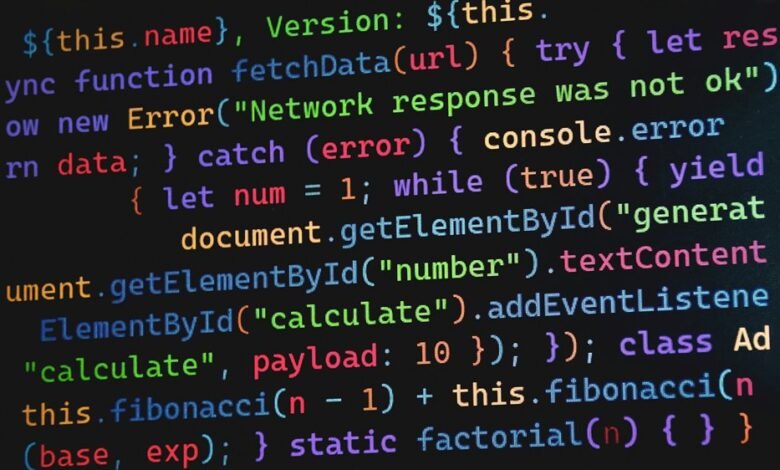7868 Network Response Latency Study

The “7868 Network Response Latency Study” investigates the critical elements influencing network latency in digital communications. It meticulously evaluates infrastructure, processing capabilities, and bandwidth constraints. By identifying these factors, the study aims to uncover optimization opportunities. Enhanced performance can significantly impact user experience. However, understanding the intricate relationship between these components is essential for effective solutions. What strategies will emerge from this analysis to mitigate latency and enhance connectivity?
Understanding Network Latency
Network latency, a critical metric in the performance of digital communications, refers to the delay experienced during the transmission of data across a network.
High latency can be exacerbated by packet loss and bandwidth limitations, which hinder data flow and affect user experience.
Understanding these elements is essential for optimizing network performance and ensuring efficient communication, ultimately supporting the pursuit of digital freedom.
Factors Contributing to Response Delays
While various factors can influence response delays, the interplay between network infrastructure, data processing capabilities, and external conditions plays a pivotal role.
Bandwidth limitations often restrict data flow, resulting in congestion, while routing inefficiencies can exacerbate latency by prolonging packet travel.
Together, these elements create an environment where response times can significantly fluctuate, impacting overall network performance and efficiency.
Impact of Latency on User Experience
How does latency influence user experience across various digital platforms?
Increased latency often results in user frustration, as delays disrupt the expected fluidity of interactions.
This disruption alters speed perception, causing users to perceive digital environments as sluggish or unresponsive.
Consequently, understanding latency’s impact is crucial for enhancing user satisfaction and maintaining engagement in an increasingly competitive online landscape.
Strategies for Optimizing Network Performance
Optimizing network performance necessitates a multifaceted approach that encompasses hardware enhancements, software configurations, and strategic resource allocation.
Effective bandwidth management ensures equitable distribution of resources, preventing congestion. Implementing traffic shaping techniques prioritizes critical applications, thereby reducing latency.
Conclusion
In conclusion, the “7868 Network Response Latency Study” underscores the multifaceted nature of network latency and its detrimental effects on user experience. Notably, a mere 100 milliseconds of latency can result in a 7% reduction in conversions for e-commerce sites. This statistic highlights the critical need for targeted optimizations in network infrastructure and management. By addressing the identified factors contributing to latency, organizations can enhance performance, ultimately leading to more efficient and responsive digital interactions for users.




